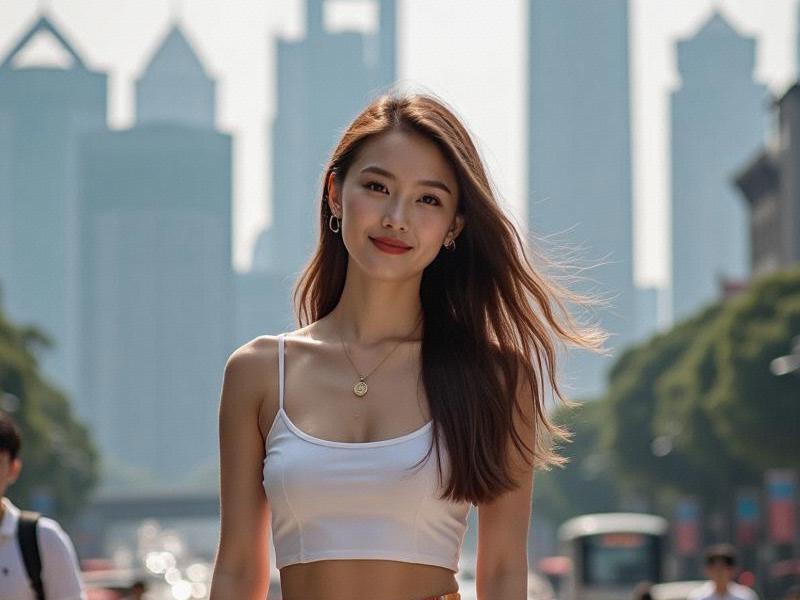This in-depth cultural study examines how Shanghai's women navigate tradition and modernity, creating a unique feminine identity that influences national trends while challenging stereotypes.

Section 1: Historical Foundations
The Shanghainese Woman Archetype:
• 1920s: Qipao-clad "modern girls" of the Jazz Age
• 1950s: Socialist-era working women icons
• 1980s: Pioneer entrepreneurs of economic reform
• 2000s: Globalized career women
• 2020s: Multidimensional identity builders
Section 2: Education & Career
2025 Statistics:
- 68% of managerial positions held by women (national avg: 43%)
- 7:5 female-to-male ratio in higher education
- 42% tech startup founders are female
- Average salary 92% of male counterparts (vs 78% nationally)
- 89% workforce participation (highest in China)
上海花千坊419
Section 3: Style Evolution
Fashion Milestones:
→ Hybrid qipao-modern office wear
→ Sustainable luxury movement
→ Tech-integrated accessories
→ Revival of Jiangnan textile crafts
→ "Smart casual" dominance
Section 4: Cultural Influence
Impact Metrics:
• 3 of top 5 Chinese fashion designers from Shanghai
• 60% of national beauty trends originate locally
• Highest cosmetics R&D investment per capita
上海喝茶服务vx • Global recognition through Shanghai Fashion Week
• Digital opinion leaders (avg. 5.8M followers)
Section 5: Lifestyle Balance
Modern Priorities:
- Later marriage age (31.2 vs national 28.8)
- Selective traditional practice retention
- Wellness industry growth (23% annual)
- Travel preferences (cultural vs luxury)
- Parenting style innovations
Section 6: Challenges & Progress
Ongoing Developments:
• Workplace discrimination cases down 42% since 2020
上海娱乐联盟 • Increased political representation
• Anti-harassment legislation
• Body positivity movement
• Mental health awareness
Cultural Analysis
"Shanghai women have mastered cultural code-switching," observes sociologist Dr. Li Wen. "They can discuss blockchain investments while preparing ancestral worship offerings, then debate French cinema over xiaolongbao - this fluidity defines new Chinese femininity."
Future Projections
2030 Trends:
• AI-assisted work-life integration
• Femtech expansion
• Intergenerational knowledge transfer
• Global cultural ambassadorship
• Redefined beauty standards